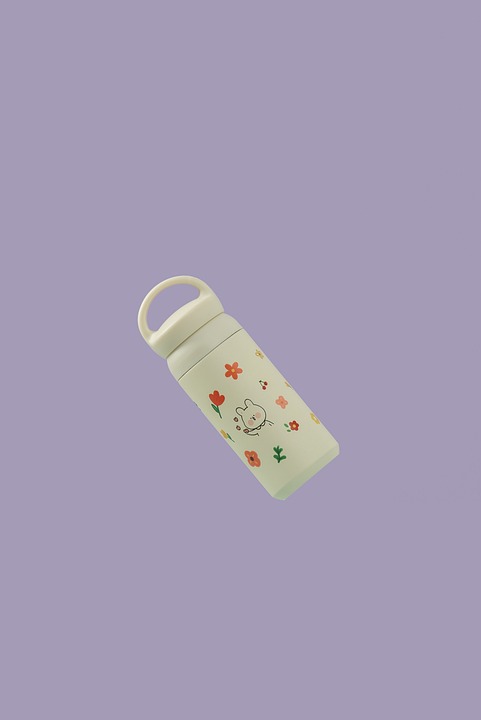
stands for ordered list in HTML, and it is used to create a list of items that are in a specific order. This is different from an unordered list, which uses the
- tag and displays items in a bullet point format.
- tag to define each item in the list. The
- tag can also have attributes such as type, start, and reversed to further customize how the list is displayed.
- tags conveys to screen readers and search engines that the content is part of a list, which can help improve accessibility and SEO.
In conclusion, the
- tag in HTML is a valuable tool for creating ordered lists that are easy to read, visually appealing, and semantically meaningful. By using this tag effectively, you can improve the organization and presentation of your content on the web.
About Author
One of the main advantages of using an ordered list in HTML is that it allows you to present information in a structured and organized manner. This can be especially useful when presenting steps in a process, a sequence of events, or a ranking of items.
Additionally, ordered lists can be styled using CSS to further enhance their appearance. You can change the color, font size, spacing, and more to make the list visually appealing and easier to read.
Another advantage of using an ordered list is that it is semantically meaningful. This means that the use of
- and
- tags conveys to screen readers and search engines that the content is part of a list, which can help improve accessibility and SEO.
To create an ordered list in HTML, you simply use the
- tag to enclose the list items, and then use the







